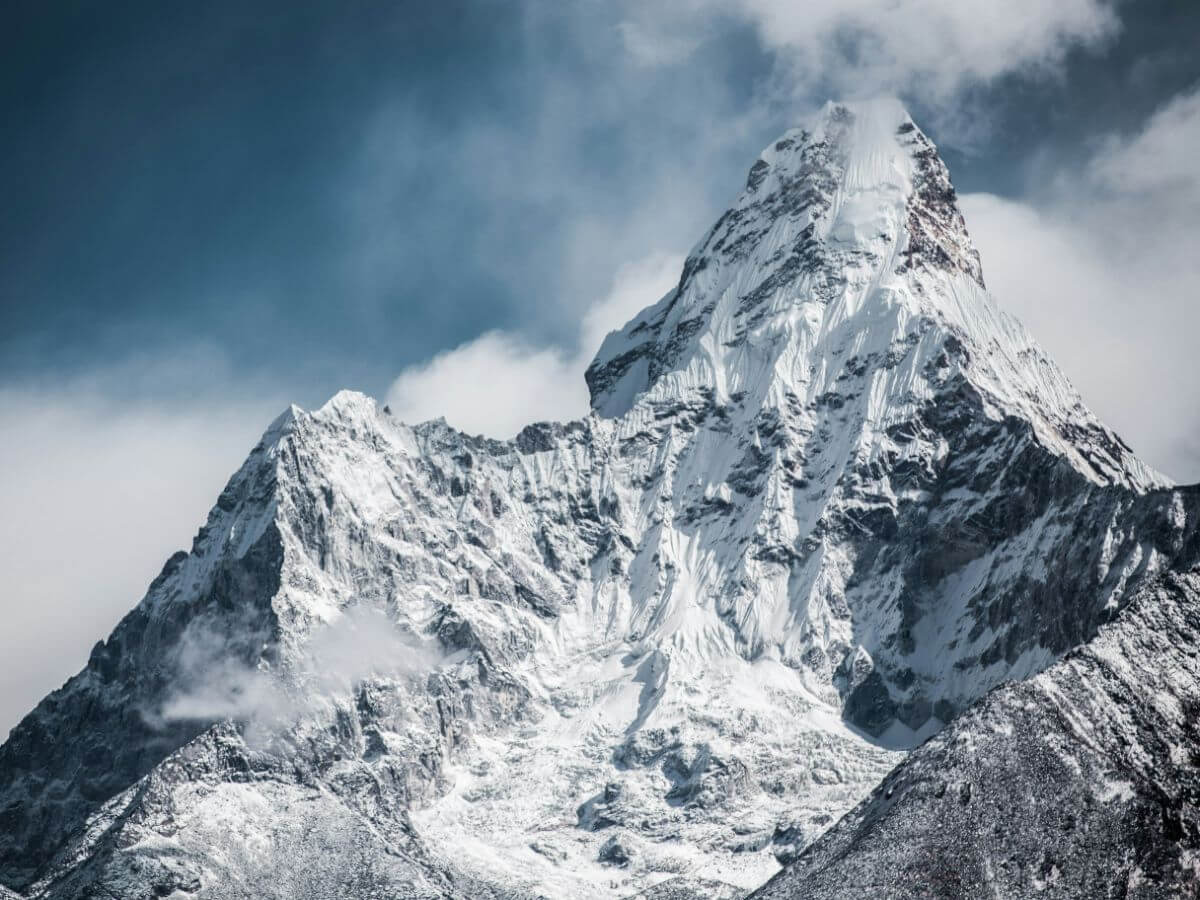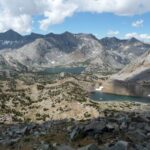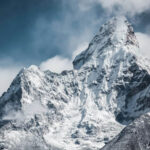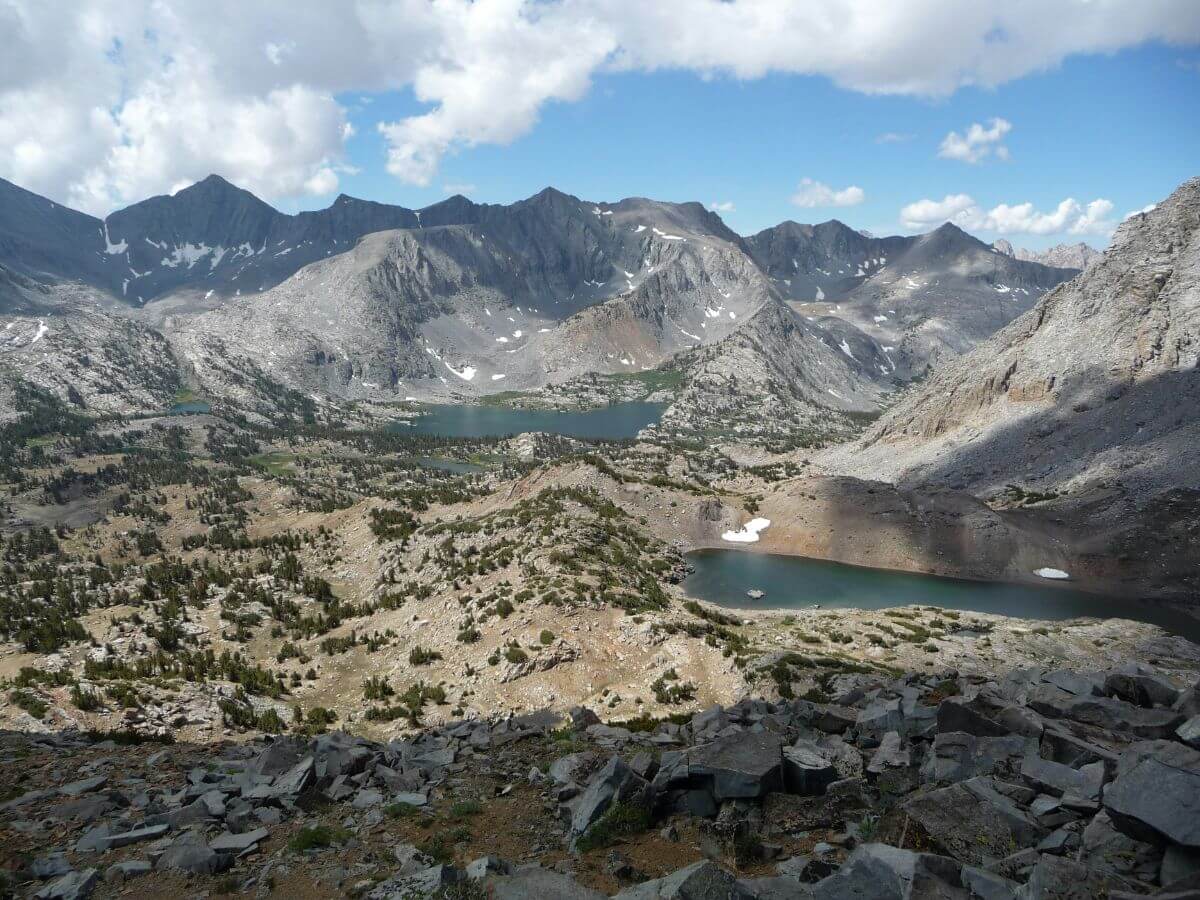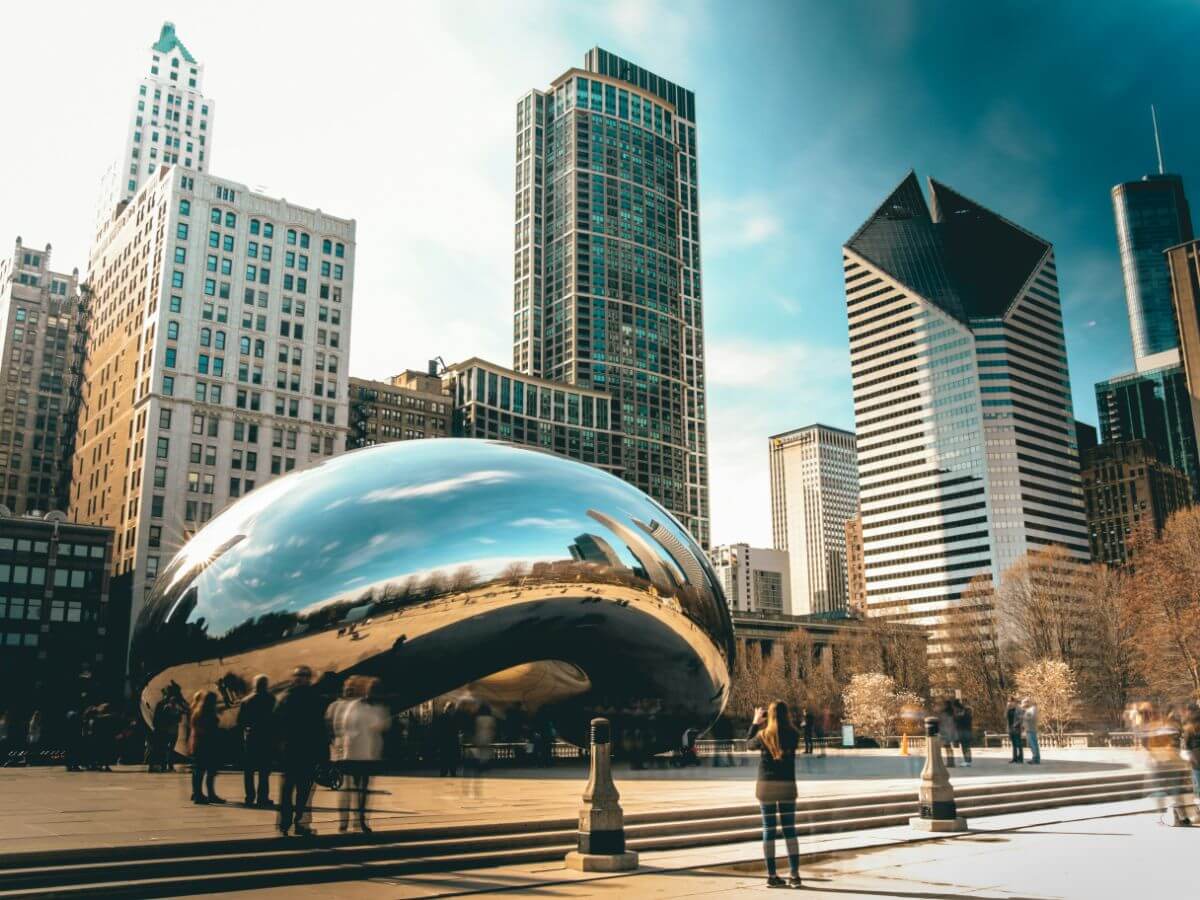Standing at the foot of the world’s highest peak, Mount Everest (Sagarmatha), is a dream for adventurers worldwide. The Everest Base Camp (EBC) trek in Nepal is more than just a hike; it’s an epic journey through the breathtaking Khumbu Valley, a deep dive into the resilient Sherpa culture, and a test of physical and mental endurance that rewards trekkers with unparalleled Himalayan vistas and a profound sense of accomplishment.
Why Trek to Everest Base Camp?
- Unrivaled Scenery: Witness a panorama of 8,000-meter peaks, including Everest, Lhotse, Nuptse, Makalu, and the stunning Ama Dablam.
- Sherpa Culture: Experience the unique traditions, monasteries (like Tengboche), and warm hospitality of the Sherpa people in villages like Namche Bazaar.
- Personal Challenge: Push your limits and achieve a significant personal goal by reaching Base Camp at 5,364 meters (17,598 ft).
- The Journey: The trek itself, through dramatic valleys, across suspension bridges, and past prayer flags, is an adventure in its own right.
Best Seasons for the Trek
Timing is crucial for a successful EBC trek:
- Pre-Monsoon (Spring: March – May): Offers warmer temperatures, blooming rhododendrons at lower elevations, and generally stable weather with good visibility. Can be busy.
- Post-Monsoon (Autumn: September – November): Considered the best season with clear blue skies, crisp air, excellent mountain views, and moderate temperatures. Also a popular time.
- Winter (December – February): Very cold, especially at night, with potential for heavy snow. Trails are quieter, but some passes might be closed. Requires proper gear and preparation.
- Monsoon (June – August): Generally avoided due to heavy rain, leeches, landslides, and obscured views. Flights to Lukla are often delayed or cancelled.
The Classic EBC Route Overview
Most treks follow a similar path, allowing for acclimatization:
- Fly Kathmandu to Lukla (2,860m): An adventurous start with a short, scenic flight to one of the world’s most unique airstrips.
- Trek to Phakding (2,610m): Descend slightly on the first day.
- Trek to Namche Bazaar (3,440m): A challenging uphill climb to the bustling Sherpa capital.
- Acclimatization Day in Namche: Hike to higher viewpoints (like Hotel Everest View) and return to Namche to help your body adjust to the altitude.
- Trek to Tengboche (3,860m): Visit the famous Tengboche Monastery with stunning views of Ama Dablam.
- Trek to Dingboche (4,410m): Enter higher alpine terrain.
- Acclimatization Day in Dingboche: Another crucial day for acclimatization, often involving a hike up Nagarjun Hill or towards Chukhung Valley.
- Trek to Lobuche (4,940m): Pass the Khumbu Glacier moraine and memorials for climbers.
- Trek to Gorak Shep (5,164m) & Everest Base Camp (5,364m): Reach the final settlement, Gorak Shep. Hike to Everest Base Camp, stand amidst the prayer flags and glacier, then return to Gorak Shep.
- Hike Kala Patthar (5,643m) & Trek Down: Early morning hike up Kala Patthar for the best sunrise views of Mount Everest itself, then begin the descent, usually retracing steps back towards Lukla over several days (e.g., via Pheriche, Namche).
- Fly Lukla to Kathmandu: Celebrate the completion of your trek!(Note: This is a typical 12-14 day outline; variations exist.)
Challenges & Preparation
- Altitude Sickness (AMS): The biggest challenge. Acclimatize properly (“climb high, sleep low”), stay hydrated, avoid alcohol, and recognize symptoms. Consider preventative medication after consulting a doctor.
- Physical Fitness: Requires good cardiovascular endurance and leg strength. Train with hiking, stair climbing, and cardio exercises.
- Weather: Can change rapidly. Be prepared for cold, wind, and potential snow even in peak seasons.
- Logistics: Requires permits (Sagarmatha National Park entry, Khumbu Pasang Lhamu Rural Municipality fee), flights, accommodation (teahouses), and potentially guides/porters.
- Gear: Essential items include broken-in hiking boots, layered clothing (thermal base, fleece mid, waterproof/windproof outer), down jacket, sleeping bag, trekking poles, hat, gloves, sunglasses, sunscreen, water purification method, and a first-aid kit.Trekking to Everest Base Camp is a challenging yet immensely rewarding adventure. With proper planning, preparation, and respect for the mountains and local culture, it can be the journey of a lifetime.Enquire About EBC Treks

